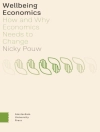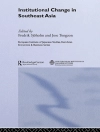Cumpărați această carte electronică și primiți încă 1 GRATUIT!
Limba Engleză ● Format PDF ● ISBN 9781009040068 ● Editura Cambridge University Press ● Publicat 2022 ● Descărcabil 3 ori ● Valută EUR ● ID 8441707 ● Protecție împotriva copiilor Adobe DRM
Necesită un cititor de ebook capabil de DRM











